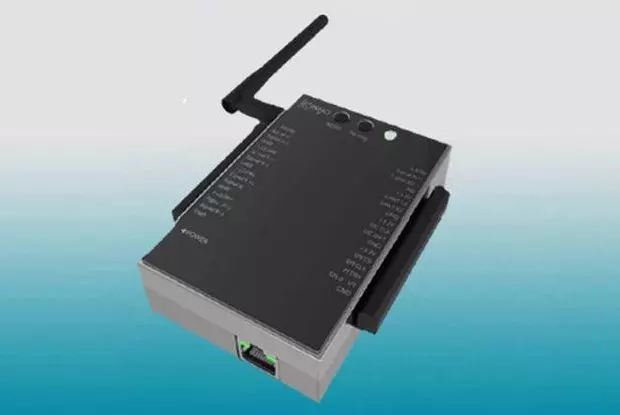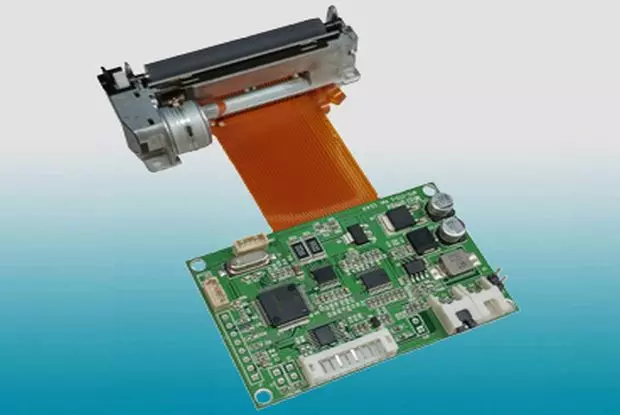Re-grind resin
Why does the surface strength of a plastic product decrease after using recycled resin?
Does regrind reduce the original structural strength of the plastic? This article provides a brief overview of regrind resin.
Why does the surface strength of plastic products decrease when using recycled resin?
The use of recycled resin in plastic parts presents challenges for engineers. Adding more secondary material can lead to greater degradation of the plastic, reducing its original structural strength and increasing the risk of cracking, particularly in high-stress areas such as hooks and screw holes. Despite these issues, incorporating recycled materials into plastics is critical for environmental sustainability.
But why does the use of recycled secondary materials reduce the strength of plastics? This question can be examined on two levels
1. Origin of recycled secondary material
First, should plastic injection molders use secondary materials? While environmental protection is a concern, cost savings is often a primary motivation, as secondary materials are cheaper. But are these factories using the same type of recycled materials as the original plastic pellets? For example, if the original pellets are Sabic (formerly GE) PC materials, are the manufacturers actually using Sabic PC recycled materials, or are they using any available PC recycled materials, or even mixing in ABS? The higher the grade of plastic pellets, the less appropriate it is for manufacturers to use recycled materials, as this may result in lower quality products.
Another uncertainty with recycled materials is storage. These materials are often stored improperly, exposed to the elements such as wind, sun and rain. You may have noticed that a plastic chair left out in the sun will eventually fade and become brittle. Similarly, recycled materials exposed to harsh conditions will have degraded physical properties, resulting in unpredictable quality.
2. The difference in MFI (Melt Flow Index) values before and after plastic injection
Secondly, even if your plastic injection process uses materials that strictly match the original plastic pellets or recyclable materials with the same specifications from the same brand, experience shows that the MFI (Melt Flow Index) value of most plastics increases by about 20-30% after injection. This increase in MFI typically results in reduced structural strength of the plastic, which may impact the product's overall performance and durability.
Thermoplastic plastics are characterized by the formation of polymer crystals that are entangled, resulting in high structural strength. During the injection molding process, the lead screw shears and breaks these long molecular chains into shorter segments, reducing their molecular weight. This process, known as chain scission, leads to a weakening of molecular entanglement and a subsequent decrease in strength. For more detailed information, please refer to the article on plastic rheological properties.
Given the fluctuating prices and availability of thermoplastic resins, it is prudent to optimize the use of your resin. One common method is to use regrind. Once a project is complete, any excess material and rejected parts can be reclaimed and repurposed as regrind, which can then be mixed with new resin or used independently.
When thermoplastics are subjected to thermal and mechanical stress, they can become weak and brittle, a degradation known as "heat history. Both the heat from processing and the grinding process can affect the physical, chemical, and flow properties of the thermoplastic resin, as well as any products made from regrind. While temperature or heat history is often considered the primary cause of polymer degradation, many resins can retain their physical properties through a limited number of regrind cycles if properly managed during processing.
What is the ideal regrind to virgin resin ratio?
Typically, the molding industry aims for a blend of 20 to 25 percent or less regrind mixed with virgin resin. However, depending on the manufacturing process, the ratio can vary from 100 percent virgin resin to 100 percent regrind.
Factors that influence this variation include
• Inadequate training of resin handlers
• Incorrect calibration of virgin and/or regrind feeders
• Uneven mixing of materials
• Insufficient shop floor discipline or adherence to established procedures
• To prevent potentially disastrous results, proper procedures and discipline on the shop floor are essential.
Another important consideration is that even if the initial mix contains 20 percent regrind, subsequent passes will always contain some of the previous regrind mix. Resin from the first pass remains in the stock. Check with your resin supplier to find out how many times your plastic can go through the molding process before properties degrade by more than 10 percent and to determine which properties are affected first.
What potential problems should you be aware of?
Ensure that resins such as nylon, polycarbonate, poly(butadiene terephthalate) (PBT), and poly(ethylene terephthalate) (PET) are properly dried prior to initial processing. Otherwise, they can hydrolyze in the molding machine cylinder, shortening the polymer chains and causing degradation. Incorporating degraded regrind into virgin resin at 25 percent levels can significantly affect the performance and function of the final parts. It is of the utmost importance to monitor temperature levels. Processing virgin resin at temperatures above the recommended levels can accelerate polymer degradation.
Consistent pellet size is also critical. Without regular grinder maintenance, you can end up with a wide range of granule sizes, from fine dust to ¼-inch or larger chunks. During plasticizing or screw rotation, the screw may not melt these different sized granules uniformly, which can potentially affect the properties of the finished parts. Repelletizing is an effective solution for this issue. By melt-filtering the regrind, non-plastic contaminants can be removed. To maintain optimal process stability, regular maintenance of the grinder is essential. This includes sharpening the blades, cleaning the machine, and ensuring the screen is functioning correctly.
What do you believe is the most significant challenge associated with regrinding? Based on my experience, contamination from foreign plastics and materials represents a significant hurdle. Frequently, production is disrupted due to clogged hot tips. To reduce costs, it is advisable to utilize only virgin resin in hot runner tools and reserve regrind for cold runner tools. While this may not be a viable option for all, it is an effective strategy when feasible.
What solutions are available to address these issues?
Instead of mixing regrind with virgin resin, consider using 100% regrind. This approach avoids the problems mentioned above. With this method, you use all the virgin resin first and then run the regrind into the machines at full capacity.




